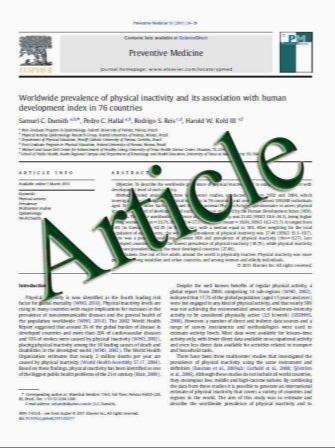Critical analysis of lumbar interspinous devices failures: a retrospective study
- نوع فایل : کتاب
- زبان : انگلیسی
- مؤلف : Francesco Ciro Tamburrelli • Luca Proietti • Carlo Ambrogio Logroscino
- چاپ و سال / کشور: 2011
Description
Interspinous devices (IDs) were introduced in the 90s. Since then, they have rapidly become very popular for the minimally invasive treatment of lumbar pain disorders. They feature different shapes and biomechanical characteristics, and are used in the spine degenerative pathologies or as motion segment stabilizers (dynamic stabilization) or to obtain the decompression of neurological structures. The indications seem to be rather narrow and still to be verified in terms of their clinical efficacy. However, IDs are being extensively utilized beyond their classical indications with the inevitable risk of a clinical failure. The aim of the present work was to carry out a critical analysis of the causes of failure in a series of 19 patients. From January 2007 to March 2009, 19 patients with residual painful syndrome after the implantation of IDs were observed. The series includes 11 males and 8 females with a mean age of 53.6 years (range 38–84 years) who were operated on elsewhere and who underwent revision surgery at our hospital. The inclusion criteria were low back pain and/or radiculopathy after the device implantation without improvement of the painful symptomatology, radiculopathy with signs of sensory and motor deficit, intermittent neurogenic claudication, and infection. All patients were thoroughly reassessed with new standard imaging examinations such as MRI and CT scans, considering the following image features: the position of the device with respect to the spinous processes (X-ray), the intervertebral disc disease of the level operated upon or of the adjacent levels (MRI), the segmental instability (dynamic X-rays), the severity of the canal stenosis (CT). The accurate evaluation of the clinical and imaging parameters revealed three main causes of failure: errors of indication, technical errors and the structural failure of the ID. The most frequent cause of failure was a wrong indication. The results of the study are presented and the causes of failure are discussed in detail.
Eur Spine J (2011) 20 (Suppl 1):S27–S35 DOI 10.1007/s00586-011-1763-0 Received: 2 March 2011 / Published online: 15 March 2011


